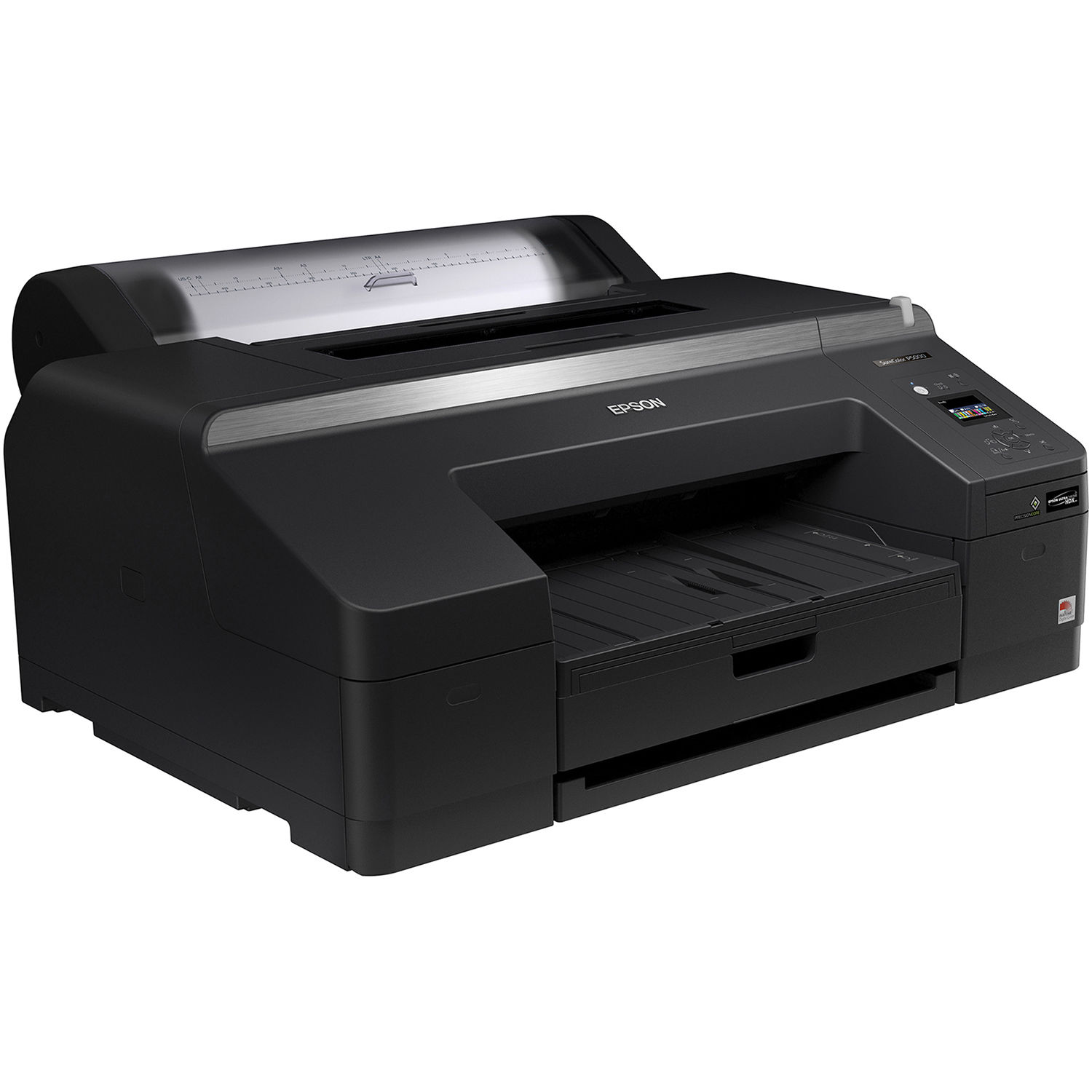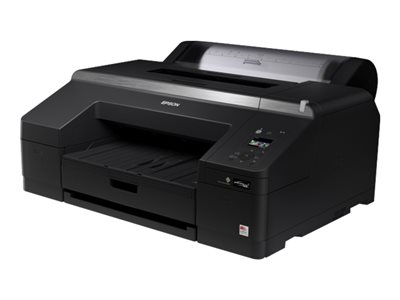Introduction
When it comes to printing, there are various options available depending on your specific needs. Two popular choices are large format printing and standard printing. Both offer unique advantages and cater to different purposes. Understanding the differences between the two can help you decide which option is right for you. In this blog post, we will explore the characteristics, benefits, and common applications of large format and standard printing, enabling you to make an informed decision for your printing requirements.
When it comes to printing, choosing the right format can make a significant difference in the quality and impact of your printed materials. Whether you’re printing a small brochure or a large banner, understanding the differences between large format and standard printing is essential in making the right choice for your specific needs. Let’s delve into the advantages and considerations of each option.
What is Large Format Printing?
Large format printing is a type of printing that supports wider print rolls, typically ranging from 18 inches to 100 inches wide. It is commonly used for producing posters, banners, signs, and other materials that require larger dimensions. Large format printers use inkjet technology to create high-resolution prints, resulting in sharp and vibrant images.
The Benefits of Large Format Printing
1. Enhanced Visual Impact

Large format prints have the advantage of catching the viewer’s attention more easily due to their size. Whether you’re promoting an event or showcasing your business, large format printing creates a visual impact that is hard to ignore.
2. Versatile Applications
Large format printing allows you to print on a wide range of materials, including vinyl, fabric, canvas, and more. This versatility is particularly useful when you need to create materials for outdoor or indoor displays, exhibitions, trade shows, or even vehicle wraps.
3. High-Quality Resolution
Large format printers have advanced printing technology that enables them to produce high-resolution prints. This ensures that your images and graphics are sharp and vibrant, even when printed in larger sizes. The prints maintain their quality and clarity, making them suitable for close-up viewing.
The Considerations of Large Format Printing
1. Cost
Large format printing can be more expensive than standard printing, especially when printing in larger quantities. The cost of ink, materials, and equipment maintenance is higher. Therefore, it’s important to consider your budget and the return on investment that large format printing can provide.
2. Space and Installation
Large format prints require ample space for installation. Whether you’re using them for outdoor advertising or indoor displays, you need to consider the available space for mounting or hanging your prints. Additionally, installation may require professional assistance, which adds to the overall cost.
What is Standard Printing?
Standard printing, also known as digital printing, is the conventional method used for printing on regular-sized paper or cardstock. It is commonly used for printing brochures, business cards, flyers, and other materials that don’t require larger dimensions.
The Benefits of Standard Printing
1. Affordability
Standard printing is cost-effective, especially when printing in smaller quantities. The equipment and materials required for standard printing are more readily available and less expensive than large format printing, making it a suitable choice for businesses on a tight budget.
2. Quick Turnaround
Standard printing provides faster turnaround times compared to large format printing. The printing process for smaller materials is quicker, allowing you to receive your prints promptly. This is particularly important when you have tight deadlines or last-minute printing needs.
3. Precise Color Reproduction
Digital printers used in standard printing are highly accurate in reproducing colors. This ensures that your prints closely match the original design, making it ideal for jobs that require color consistency, such as corporate branding materials.
Summary
Large format printing and standard printing are two distinct methods that serve different purposes. Large format printing is ideal for producing oversized materials such as banners, posters, and signage. It offers high-quality, attention-grabbing visuals that can be seen from a distance, making it perfect for marketing and promotional materials. On the other hand, standard printing refers to the traditional printing method used for various everyday items like business cards, brochures, flyers, and documents. It offers flexibility, cost-effectiveness, and quick turnaround times.
Choosing between large format and standard printing depends on the nature of your project. If you require eye-catching visuals for a trade show booth or outdoor advertisement, large format printing is the way to go. It provides the opportunity to create stunning, custom designs on a larger scale. However, if you need to print smaller items such as business cards or documents, standard printing is more suitable due to its efficiency and cost-effectiveness.
Ultimately, the decision between large format and standard printing hinges on your specific printing needs. Considering factors such as size, visibility, material, and budget will help you determine which option aligns best with your project requirements. By understanding the possibilities a see post nd limitations of each printing method, you can make an informed choice that will deliver optimal results for your business or personal endeavors.
Q: What is large format printing?
A: Large format printing refers to the process of printing materials on a larger scale, typically exceeding the standard sizes used for everyday printing tasks.
Q: What is standard printing?
A: Standard printing refers to the most common printing method used for regular-sized documents, such as letters, flyers, and brochures.
Q: When should I choose large format printing?
A: Large format printing is ideal when you need to create visually striking materials, such as banners, posters, or signage, that require larger dimensions and higher resolution.
Q: When should I choose standard printing?
A: Standard printing is suitable for everyday printing needs, including documents like letters, reports, and small promotional materials that don’t require larger sizes or enhanced visual impact.
Q: What are the advantages of large format printing?
A: Large format printing provides the benefit of creating eye-catching visuals, allowing you to showcase your products, services, or messages in a more impactful and attention-grabbing way.
Q: What are the advantages of standard printing?
A: Standard printing offers convenience, cost-effectiveness, and versatility for everyday printing needs. It is suitable for producing a wide range of materials quickly and efficiently.

Welcome to my website! My name is Spencer Earle, and I am a professional Car Wrap Installer with a passion for large format printing, customization trends, trade show planning, and booth design inspiration. With years of experience in the industry, I have honed my skills and expertise to deliver exceptional results to my clients.

